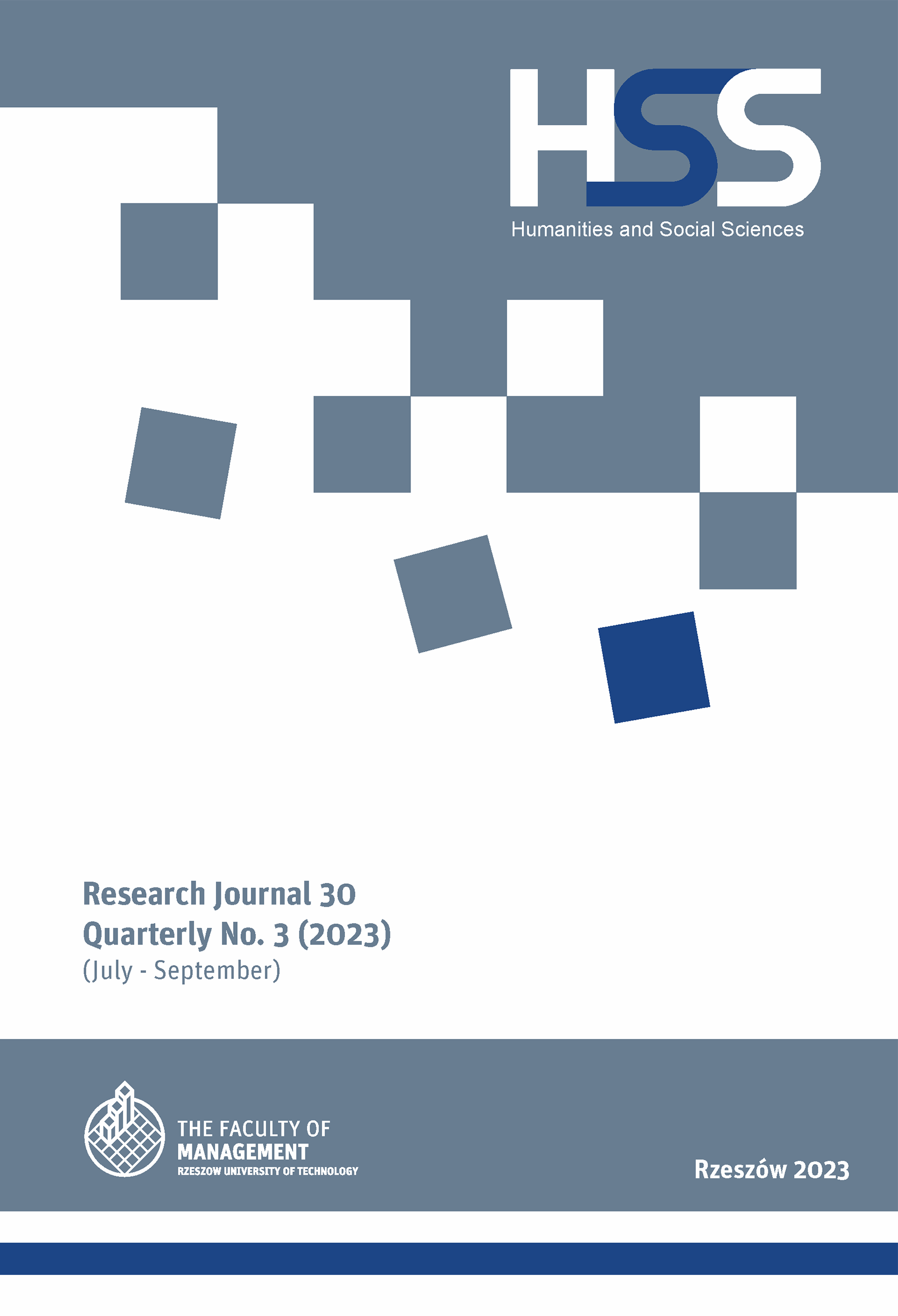Abstract
This article aims to assess changes in the banking system of Ukraine in 2022 under martial law (at the macro level) and the vulnerability of banks to financial stress (at the micro level). The proposed method uses cluster analysis of the main ratios for banking stability based on the agglomerative hierarchical clustering algorithm.The analysis of changes at the macro level under martial law shows that anti-stress measures ensured that a significant negative stress reaction was avoided. The analysis of the vulnerability of banks to financial stress shows that a significant number of banks had problems with funding and turned to the Central Bank, but by the end of the year, the funding market had stabilized. The worst situation concerned non-performing loans, but most of those are covered by reserves. Changes in legislation in Ukraine under martial law provided almost 100% coverage of household deposits in banking institutions.
References
Arzhevitin, S., Bortnikov, G., Bublyk, Y., Lyubich, O. (2023). Impact of martial state on the performance of the Ukrainian banking sector. “Financial and Credit Activity: Problems of Theory and Practicev”, Vol. 1, No. 48. DOI: 10.55643/fcaptp.1.48.2023.3966.
Ayadi, R., De Groen, W. (2014). Banking Business Models Monitor 2014 for Europe. Centre for European Policy Studies, International Observatory on Financial Services Cooperatives.
Charrad, M., Ghazzali, N., Boiteau, V., Niknafs, A. (2014). NbClust: An R Package for Determining the Relevant Number of Clusters in a Data Set. “Journal of Statistical Software”, Vol. 61, No. 6. DOI: 10.18637/jss.v061.i06.
Druhov, O., Druhova, V. (2022). Banking system in Ukraine 2022: Before and in the Wartime. “Bezpieczny Bank”, No. 1. DOI: 10.26354/bb.2.1.86.2022.
ECB (2022). Financial Stability Review. November.
Farnè, M., Vouldis, A. (2017). Business models of the banks in the euro area. “ECB Working Paper”, No. 2070. DOI: 10.2866/386225.
Hryckiewicz, A., Kozłowski, Ł. (2017). Banking business models and the nature of financial crisis. “Journal of International Money and Finance”, No. 71. DOI: 10.1016/j.jimonfin.2016.10.008.
IMF (2022). Global Financial Stability Report. October.
IMF (2023a). Global Financial Stability Report. April.
IMF (2023b). Ukraine. IMF Country Report. No. 23/132.
Lobozynska, S., Skomorovych, I., Vladychyn, U. (2022). Activities of the National Bank of Ukraine under Martial Law. “Bezpieczny Bank”, No. 1. DOI: 10.26354/bb.3.1.86.2022.
Milligan, G. (1981). A Monte Carlo Study of Thirty Internal Criterion Measures for Cluster Analysis. “Psychometrika”, Vol. 46, No. 2. DOI: 10.1007/BF02293899.
National Bank of Ukraine (2022). Financial Stability Report. June.
Pshik, B., Oleynyuk, R. (2022). Sytuacja finansowa na Ukrainie i środki zapewniające jej stabilność w czasie wojny. “Bezpieczny Bank”, No. 1. DOI: 10.26354/bb.4.1.86.2022.
Roengpitya, R., Tarashev, N., Tsatsaronis, K., Villegas, A. (2017). Bank business models: popularity and performance. “BIS Working Papers”, No. 682. DOI: 10.20955/wp.2017.034.
Rohlf, F. (1974). Methods of Comparing Classifications. “Annual Review of Ecology and Systematics”, No. 5. DOI: 10.1146/annurev.es.05.110174.000533.
The World Bank (2023). World Bank Open Data [access: 25.04.2023]. Access on the internet: https://data.worldbank.org.
Zarutska, O., Ponomarоva, O., Pavlov, R., Pavlova, T., Levkovich, O. (2022). Changes in Ukrainian banks ‘business models in times of military crisis. “Financial and Credit Activity: Problems of Theory and Practice”, Vol. 6, No. 47. DOI: 10.55643/fcaptp.6.47.2022.3923.


